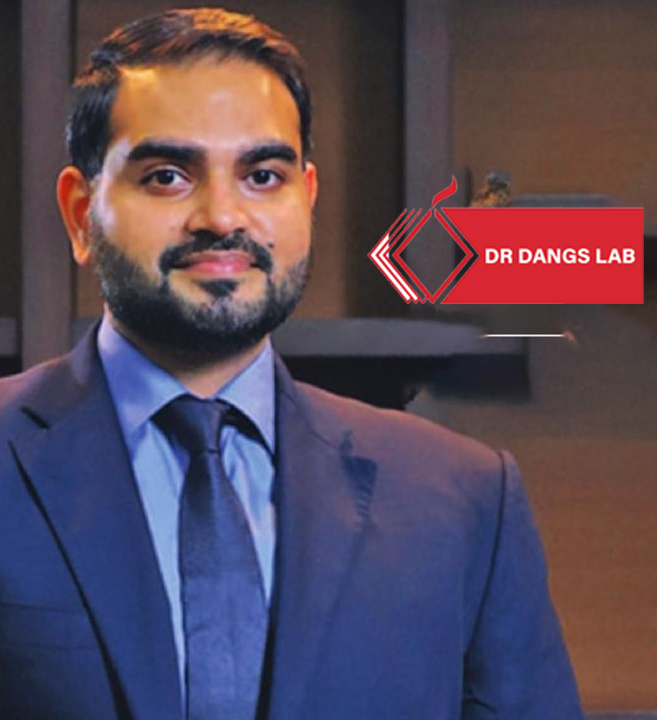Trends defining Future of IVD industry in India
Manish Varma, CEO, T&D Diagnostics Canada Pvt. Ltd. Following are some key factors and trends that would shape up the IVD industry over the coming decade. Growing Middle Class with insatiable demands: One of the major factors

Manish Varma, CEO, T&D Diagnostics Canada Pvt. Ltd.
Following are some key factors and trends that would shape up the IVD industry over the coming decade.
Growing Middle Class with insatiable demands: One of the major factors that would influence the trends would be middle class with its growing voice for a better healthcare. It would have two-pronged effects.
a. More sales of Healthcare Insurance policies and thereby inclusion of more tests that can be reimbursed through insurance, subsequently rationalizing the pricing of tests that may not currently be under the ambit of insurance policies.
b. Increased spending on wellness tests regardless of reimbursement that may seem critical to health such as Vitamin B12 or Vitamin D – demands for which have redefined the contours of IVD industry.
Focus on wellness: As mentioned in 1.b., we are seeing a spurt in tests directed at wellness such as Vitamin B12 and Vitamin D tests. This trend will continue with more tests to be included in this area, such as Neopterin tests, which is an upcoming Wellness marker. This trend concurs well with increased demands from affluent Middle class of India, which is not hesitating to spend money on wellness.
Geopolitical Factors: India and Indonesia are key examples of the campaign for “Self-dependence (Atma-nirbhar)”. In Vietnam for past several years, there is this penchant for technological transfer of the products to local partners for several years. This may result in more manufacturing facilities in developing countries including India. Hence one can expect an increased investment in IVD manufacturing in India as well and hence increased competition with more companies offering “Made in India” products. This would also offer an opportunity to Indian IVD companies to gear up to comply with GHTF requirements, which is at the core of upcoming IVDR as well as other regulatory bodies’ upcoming requirements including India.
Increased role of Financial Institutions: It’s no secret that Softbank and Tiger Global won handsome dividends from their investment in companies like Alibaba and Flipkart. Now with growth in IVD sector, Financial Institutions have their eyes set on “new avenues” of investment. In India CPC is a live example. Expect more such deals to heat up Indian IVD industry. Mergers and acquisitions can be seen within Indian companies to achieve “critical mass”. Struggling Distribution companies can find a suitable buyer in an established Manufacturing company or vice versa. Both would be able to rope in an investor, who would be interested in getting a pie from growing Indian IVD market. So, while we can expect a surge in manufacturing, there would simultaneously be consolidations with M&A activities in next 5 years. Once consolidated, their next target would be developing a MOAT. 2 decades old infrastructure in delivering “specialized tests” is a good MOAT for Immuunoshop, while servicing infrastructure of Transasia is enviable. Developing such MOATS that can augment a company’s position would need significant expenses that would come from involvement of Financial institutions.
Increased Financial Discipline: With increased role of financial institutions, we expect better financial discipline. People coming from non-financial background usually have a hard time getting to terms with ROCE, EBITDA and CAGR, while for financial institutions ROCE and EBITDA may be of higher significance. Their involvement would increase financial discipline.
Increased Involvement of Marketing and Media companies: Around 3 decades back, people would laugh at the idea of “advertisement in the field of IVD”. Now look at media expenses of Glucose monitoring systems or Pregnancy tests. The combined marketing and advertising expenses on these two product lines in India today might be higher than small IVD companies. In the time of fierce competition that we are going to witness over next 5 years, expect these expenses to increase and expect these expenses to be considered normal for IVD business. If one needs to survive, one will need to take these expenses into account.
Innovation in different business processes: It’s a no-brainer now that Innovation is the key to success. But which innovation and how? One would need to look at innovation in different processes. Medikabazaar is a good example of innovation in distribution. We might see several distributors merging their companies to come up as a chain of IVD marketplace. This chain can create good challenge for IVD companies as they can introduce their in-house brands much like thermometers in the name of some renowned retailers. Who knows? But yes this is very much possible and we might see this coming up over next few years.






